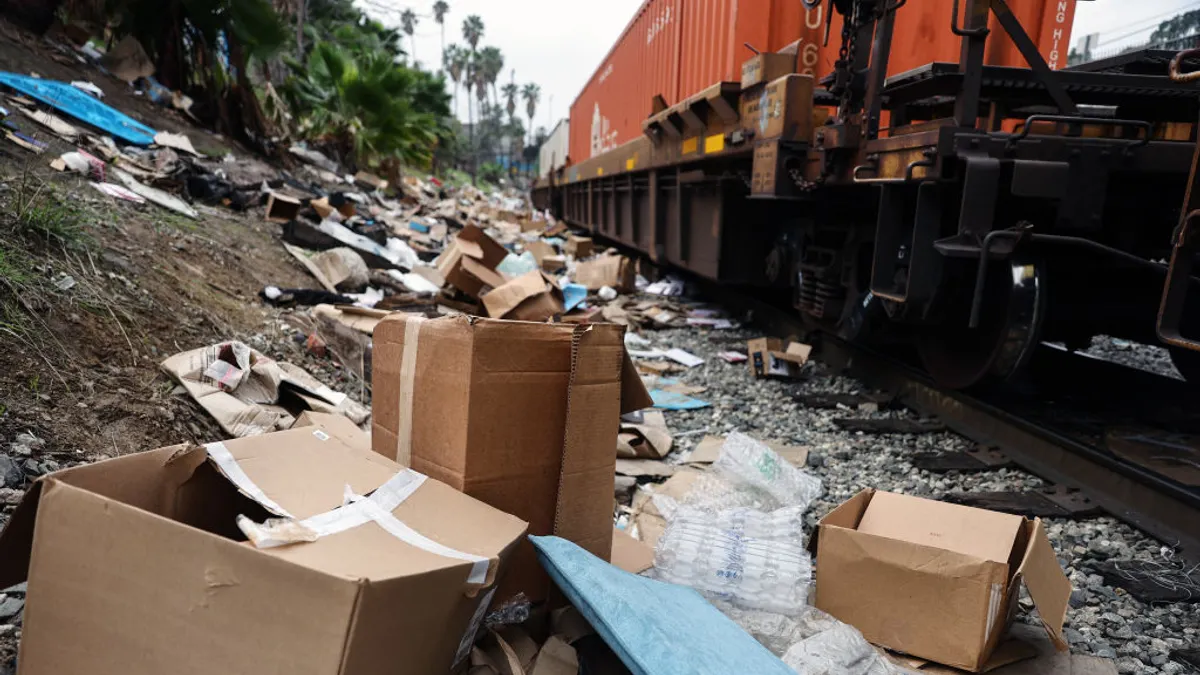Dive Brief:
-
Facebook is expanding its Dynamic Ads capabilities to ensure that only advertisements for goods actually in stock on physical store shelves will run across its social media platform, the company said in a blog post Tuesday.
-
The new Dynamic Ads tool is sensitive to inventory fluctuations by location, so that if a product sells out in a particular store, the ad campaign automatically adjusts so that shoppers in the area region no longer see the promotion. "We are basically plugging into the bricks-and-mortar inventory and showcasing products that are available at a location close to the person seeing the ad," Maz Sharafi, director of monetization at Facebook, told Adweek.
-
The ads are priced on a cost-per-thousand-impressions basis, and products shown in the ads can be optimized based on online and mobile shopping behavior. The tool, an extension of Facebook’s Dynamic Ads program for physical retailers announced in June, is being tested by Abercrombie & Fitch, Argos, Macy's, Target and Pottery Barn. It is slated to become more widely available to brands over the coming weeks.
Dive Insight:
The disappointment of finding that an advertised product is not on store shelves is particularly powerful and can all too easily lead to customer losses. But it’s also a classic problem for technology to solve. It all involves an intricate system, though, and Facebook apparently has one answer: Connect its ads to inventory data.
But that can be a big ask of retailers because it means they must be prepared to de-silo that kind of data in order for Facebook — or any software system — to leverage it for ads or multiple ordering systems.
A store needs to be able to know where, say, all of its white, size-small women's blouses are, Rob Howard, CEO of Grand Junction Inc., a business-to-business delivery platform that connects large retailers throughout the U.S. and Canada with local shipping services to offer same-day deliveries of retail purchases, told Retail Dive last year. "The retailer will have to know what's in stock, so that they can promise a local delivery from the store. That's sometimes hard. Is that small white blouse on the shelf, or is it crumpled up in the dressing room?”
Facebook on Tuesday also unveiled other features designed for brick-and-mortar retailers to connect with consumers via geo-targeting services enabled on their phones, allowing merchants to define a targeting radius based on population density and desired reach. A recent test at Albertsons found that the grocer was able to reach people more likely to visit their stores and decrease cost-per-store-visit by as much as 40%, Facebook said.












